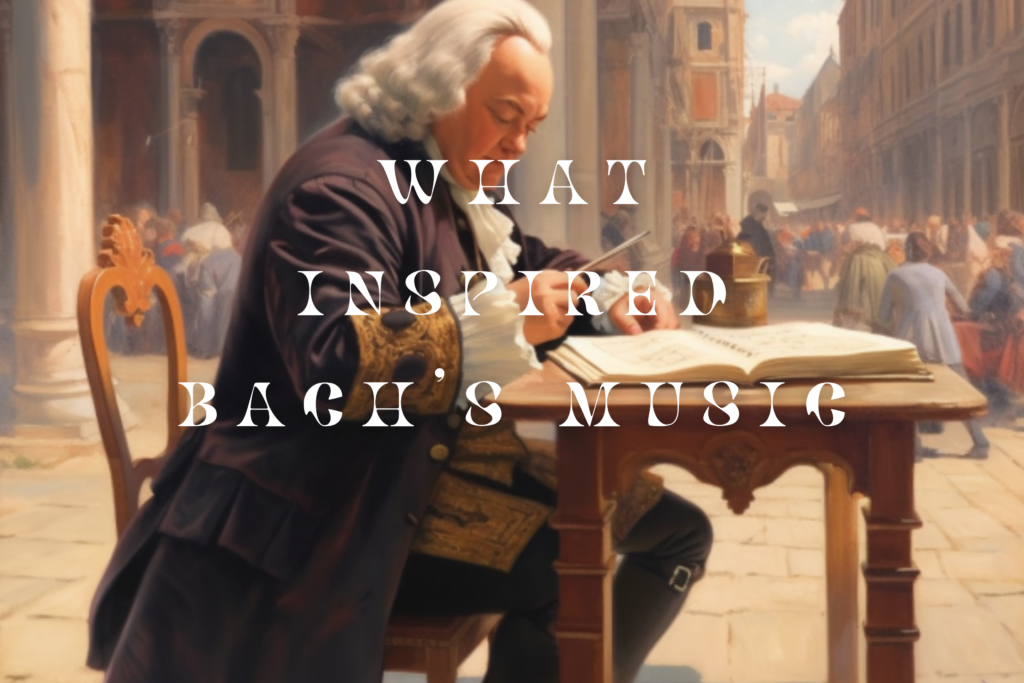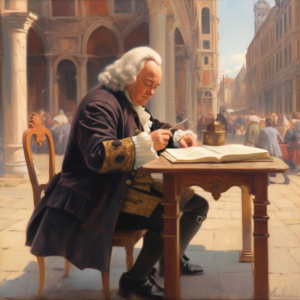Uncategorized
What Inspired Bach’s Music
What Inspired Bach’s Music
Johann Sebastian Bach: Mastering Diverse Musical Styles Across Europe from Afar
Introduction
Johann Sebastian Bach, renowned as one of the greatest composers in history, achieved an astonishing feat in his musical career: mastering a wide range of regional styles and compositional techniques from various European cultures, despite limited direct contact with these traditions. Bach’s unparalleled ability to assimilate and adapt diverse musical idioms from distant regions was a testament to his genius and insatiable curiosity. In this article, we explore how Bach managed to absorb and incorporate different styles into his own compositions, leaving an indelible mark on the history of music.
Bach’s Early Musical Education
Born in Eisenach, Germany, in 1685, Bach grew up in a family deeply immersed in music. He received his initial musical training from his father, Johann Ambrosius Bach, who was a skilled violinist. The young Bach also studied with his older brother, Johann Christoph Bach, who introduced him to the world of composition. However, it was his insatiable appetite for learning and exploration that truly set him apart.
Extensive Study of Musical Scores
One key factor in Bach’s ability to absorb different musical styles was his voracious reading of musical scores. Though he couldn’t travel extensively, Bach studied scores from various regions of Europe, including Italy, France, England, and the Netherlands. By delving into the works of prominent composers such as Vivaldi, Corelli, Couperin, and Frescobaldi. Bach gained profound insights into the nuances of each style.
Correspondence and Networking
Despite physical limitations, Bach maintained a vibrant network of correspondence with other musicians and composers throughout Europe. Through letters and exchanges of musical manuscripts, he established connections with individuals who were more directly exposed to different musical traditions. These interactions allowed Bach to gain valuable insights and deepen his understanding of various styles.
Meticulous Transcriptions
One of Bach’s notable techniques for assimilating different styles was meticulous transcription. He often transcribed works by other composers, adapting them for different instruments or creating keyboard arrangements. By doing so, Bach not only familiarized himself with different regional styles but also internalized their unique idiomatic characteristics. His extensive transcription work included compositions by Italian composers such as Vivaldi and Albinoni.
Personal Innovations
While Bach absorbed and incorporated various musical styles, he never lost his individuality as a composer. Rather than merely imitating the styles he encountered, he integrated them into his own distinctive musical language. Bach’s unparalleled contrapuntal skills, harmonic sophistication, and mathematical precision were present in all of his compositions, regardless of the style or regional influence.
Bach’s interest in the French style extended beyond the overture form. He also incorporated French dance forms, ornamentation, and harmonic idioms into his music. His engagement with the French style can be attributed to his admiration for French composers like Jean-Baptiste Lully and François Couperin, as well as his desire to explore and assimilate different musical traditions. Bach composed several works in the French overture style, most notably his orchestral suites. Bach’s four orchestral suites, BWV 1066-1069, showcase his mastery of the French overture form. Each suite begins with a grand and stately overture, followed by a collection of dance movements, such as allemandes, courantes, sarabandes, and gavottes.
Legacy and Influence
Bach’s mastery of diverse styles profoundly impacted the development of music. His exposure to the polyphonic traditions of Italy, the refined elegance of the French style, and the contrapuntal brilliance of the Netherlands enabled him to forge a truly universal musical language. Bach’s works became a synthesis of European styles, culminating in his monumental collection, “The Well-Tempered Clavier” which embodies the essence of his multifaceted musical education.
Conclusion on What Inspired Bach’s Music
Johann Sebastian Bach’s ability to learn and incorporate diverse musical styles from different regions of Europe, despite minimal direct exposure, stands as a testament to his exceptional talent and dedication to his craft. Through extensive study, correspondence, transcription, and personal innovation, Bach synthesized a range of musical idioms into his own distinct voice. His enduring legacy continues to inspire and amaze musicians and music lovers, emphasizing the power of curiosity, adaptability, and a passionate pursuit of knowledge in the realm of artistic creation.


